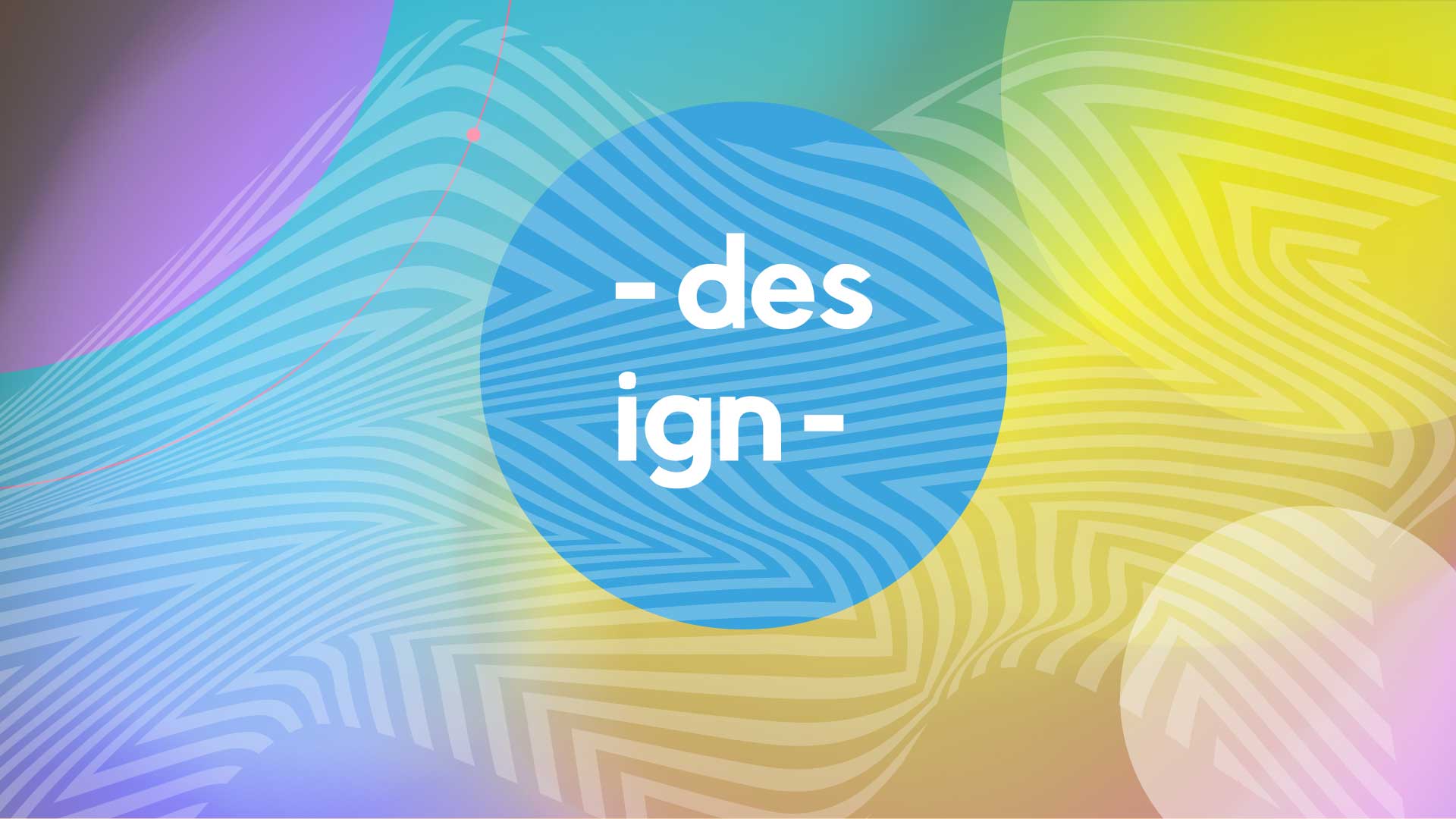The online Graphic Design program (AEC) is designed to immerse you in the world of advertising. You will learn how to provide your clients with high-quality projects that meet the standards of this exciting industry. This online training covers all aspects of this career, from conceptualizing graphic designs to learning cutting edge digital technology skills. It will prepare you to handle every stage of production for web and print projects.
During your graphic design courses, you will learn how to: convey clear, catchy messages using innovative graphic designs, present your designs to clients in a professional way, use basic principles related to producing creative concepts, create complex, original compositions with graphic design layout techniques, photography, etc. and learn software used in the industry.










